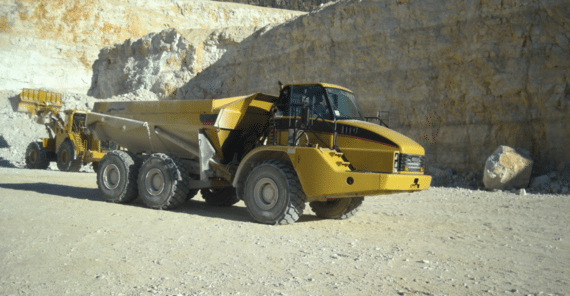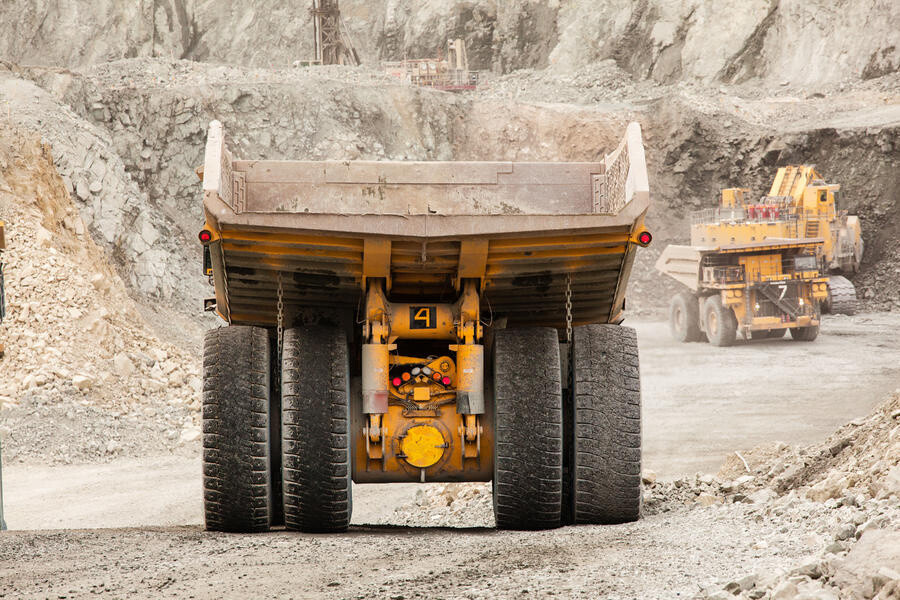
background photo gonfler vos pneus tips suggestions
man with a white helmet checking a huge tire
Inspection and maintenance
How to check and maintain your off-road tires
General recommendations
The vehicle must be stationary and secure before any inspection. Tires must be checked regularly for irregular wear and possible damage.
The torque of the wheels must be checked according to the vehicle manufacturer’s recommendations. Any visible punctures, cuts, dents in the tread, sidewalls or grip area of the tire must be thoroughly examined (internally and externally) by a tire professional.
The same applies for any damage to the rim. In all instances, you should not drive with casings that show damage such as damaged or visible rods, separations between components, deterioration by petroleum or corrosive products, marbling or abrasion of the inner rubber as a result of driving with insufficient tire pressure.
Every time you examine the vehicle, remember to check the condition of the valve cap--when in doubt--replace it. The same applies for any damage to the rim.
Tire wear inspection
The wear inspection must always be carried out on several points of the tire. The inspection can be completed by using a depth gauge, or by observing the tread wear indicators (marked on the sidewall by a symbol when present).
If the legal or technical wear limit has been reached, the tire should be replaced.
A professional should be consulted in the event of abnormal wear or a difference in tire wear on the same axle.

Edito photo inspection tyre em Help and Advice
man checking a tire

Edito adtloader quarry Tire Help and Advice
Yellow articulated dump truck in action

edito photo mining help and advice
Product lifespan
Tires are composed of different types of rubber-based materials and components whose properties are essential to the proper functioning of the tire. These properties change over time.
For each tire, this evolution depends on many factors such as climate, storage conditions (temperature, humidity, position, etc.), conditions of use (load, speed, inflation pressure, damage due to road conditions, etc.) to which the tire is subjected throughout its service life.
These aging factors vary so widely that it is impossible to accurately predict the service life of a tire.
For this reason, in addition to regular checks by the user, it is recommended to have the tires checked regularly by a qualified professional who will determine their suitability for continued service.
Michelin shall not, under any circumstances, be held liable for any damage that may occur due to and/or during the use and/or storage which does not comply with its recommendations.
These other tips may be useful to you:
• Choosing the right tire
• Reading the sidewall of an off-road tire
• Mounting and dismounting your tires
• How to properly store your tires
• What pressure is needed for your off-road tires
• Repairing off-road tires




